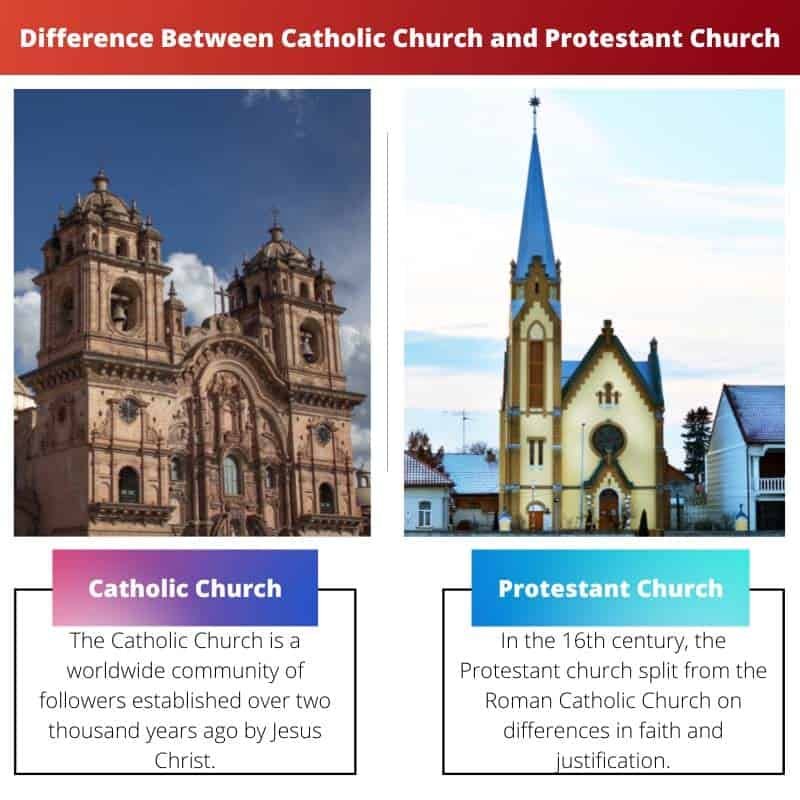The rich tapestry of Christianity is woven with myriad threads, each representing various denominations that embody unique interpretations and practices. Among these, the Catholic Church and the Uniting Church stand as two distinct yet profound expressions of faith. While both share the core teachings of Christianity, their theological foundations, historical contexts, and liturgical practices differ significantly, offering adherents diverse avenues for spiritual expression.
At the heart of Christianity lies a shared belief in Jesus Christ as the Son of God and Savior of humanity. However, the Catholic Church, with its roots tracing back to the Apostle Peter, embodies a hierarchical structure steeped in tradition. In contrast, the Uniting Church emerged later, born from the union of several Protestant denominations in Australia during the 1970s. This relatively recent genesis imbues the Uniting Church with a sense of adaptability and contemporary relevance, whereas the Catholic Church thrives on a historical continuity that it holds sacred.
The Catholic Church is often seen as an ornate cathedral, echoing with incense-laden rituals and the resounding grace of centuries-old traditions. Its belief structure is grounded in the authority of the Pope, who is regarded as the spiritual successor to Saint Peter. This authority is complemented by the magisterium— the Church’s teaching authority— which interprets scripture and tradition. The adherence to the sacraments, such as Baptism and Eucharist, is also paramount. Catholics acknowledge seven sacraments as vital conduits of divine grace, manifesting a rigorous adherence to practices that shape their spiritual lives.
Conversely, the Uniting Church embodies a more egalitarian spirit, often resembling a vibrant community center bursting with the energy of faith in action. Its governance structure allows for a synodical system, promoting collaborative decision-making that encourages lay participation. This participatory ethos manifests in its theology, where Biblical interpretation is often approached with an emphasis on personal conscience and communal input. The Uniting Church recognizes two sacraments—Baptism and the Lord’s Supper—viewing them through a lens of remembrance and community rather than as essential means of grace.
When examining worship practices, the Catholic Church upholds a formal, liturgical expression characterized by the Mass. The Mass is a profound mystery, where the Eucharistic elements are believed to become the actual body and blood of Christ, a doctrine known as transubstantiation. This belief fosters a deep reverence during the celebration of the Eucharist, as congregants engage in a communal observance that transcends mere remembrance. The rich tapestry of music, ritual, and prayer during the Mass creates an ambiance of solemnity and devotion, inviting participants to encounter the divine vividly.
In contrast, Uniting Church services are often described as more flexible and informal, focusing on a communal readership of scripture and participatory prayer. Liturgy may vary from one congregation to another, reflecting local customs and contemporary issues, which allows for a more approachable atmosphere to those entering its doors. Sermons are typically designed to be relevant to everyday life, addressing social justice, community needs, and individual spiritual journeys. This dynamic nature of worship caters to a diverse audience, fostering an environment where questions can be posed openly and faith can be explored freely.
Furthermore, the theological underpinnings of the two churches reveal more intricate differences. The Catholic Church emphasizes the concept of original sin and the necessity of grace through faith and works, creating a framework where adherence to the teachings of the Church is crucial for salvation. This doctrine instills a sense of accountability among Catholics, who strive to embody their faith through actions that reflect their beliefs.
On the other hand, the Uniting Church embraces a theological perspective that prioritizes grace, emphasizing justification by faith alone. This principle reflects a more inclusive approach to salvation, suggesting that the divine love is available to all, regardless of their actions. Such an angle encourages a transformative relationship with God, one based on love and acceptance rather than on performance metrics alone.
Socially, both churches play pivotal roles in their communities, yet they often approach justice and service with different emphases. The Catholic Church is renowned for its extensive charitable outreach, deeply rooted in the doctrine of social justice, reflecting its commitment to the marginalized and oppressed. Organizations and missions initiated by the Church work tirelessly to alleviate poverty and provide support, echoing the teachings of Christ in practical ways.
In contrast, the Uniting Church actively champions social change, often aligning itself with progressive movements. Its approach reflects a commitment to advocacy, seeking to address systemic injustices such as climate change, refugee rights, and indigenous reconciliation. Through its initiatives, the Uniting Church seeks to inspire its members to be agents of change in the world, promoting a faith that is active and engaged.
In summary, while both the Catholic Church and the Uniting Church are vibrant expressions of Christianity, they delineate their beliefs and practices along distinct lines. The Catholic Church offers a profound connection to history, tradition, and sacramental theology, embodying a deep reverence for ritual and community. On the other hand, the Uniting Church’s emphasis on inclusivity, communal decision-making, and socially conscious outreach illustrates a modern interpretation of faith that resonates with contemporary believers.
Ultimately, the contrast between these two denominations highlights the rich diversity within Christianity. Each tradition invites its followers to explore the divine in unique and meaningful ways, allowing for a fruitful dialogue that enriches the broader Christian narrative. Whether through the solemnity of a Catholic Mass or the spirited discourse of a Uniting Church service, both paths lead to the same sacred destination: a deeper relationship with God and a more profound understanding of the human experience in the light of faith.



